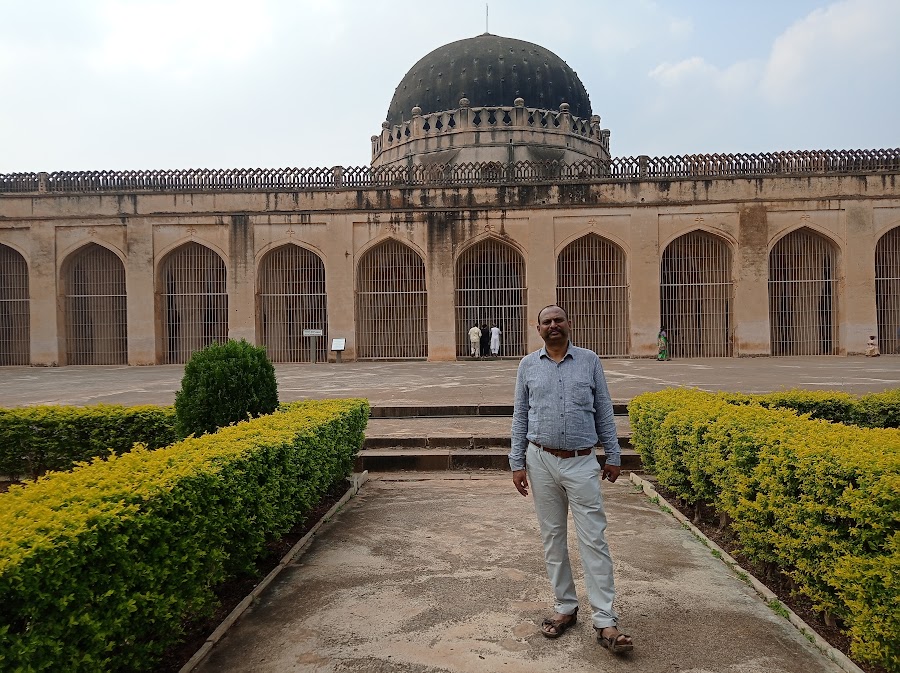
Solah Khamba Mosque
Bidar, India
- Admire the sixteen pillars architecture.
- Explore the prayer hall.
- Learn about Bahmani dynasty history.
- Photography of the mosque's details.
Known for:
Description:
The Solah Khamba Mosque, also known as the Zanana Masjid, is an architectural marvel in Bidar, Karnataka. Its name, meaning 'Sixteen Pillared Mosque,' derives from the sixteen pillars that prominently support the structure. The mosque showcases a blend of Persian and Indian architectural styles, evident in its arched entrances, intricate stucco work, and spacious prayer hall. While relatively simple in design compared to other grand mosques, its serene atmosphere and historical significance make it a worthwhile visit. The surrounding area offers a glimpse into Bidar's rich heritage, with other historical sites nearby. It's a peaceful place to appreciate the region's architectural legacy.
History:
The Solah Khamba Mosque was constructed during the reign of the Bahmani Sultanate, specifically in the late 14th or early 15th century. It is believed to have been built for the women of the royal household, hence the alternative name Zanana Masjid (Women's Mosque). The mosque's construction reflects the Bahmani dynasty's patronage of art and architecture, which saw a flourishing of Indo-Islamic styles in the Deccan region. While specific details about its construction and patronage are scarce, the mosque stands as a testament to the Bahmani sultans' commitment to religious and cultural development. Over the centuries, it has remained an important religious site and a significant landmark in Bidar, attracting visitors interested in the region's historical and architectural heritage.